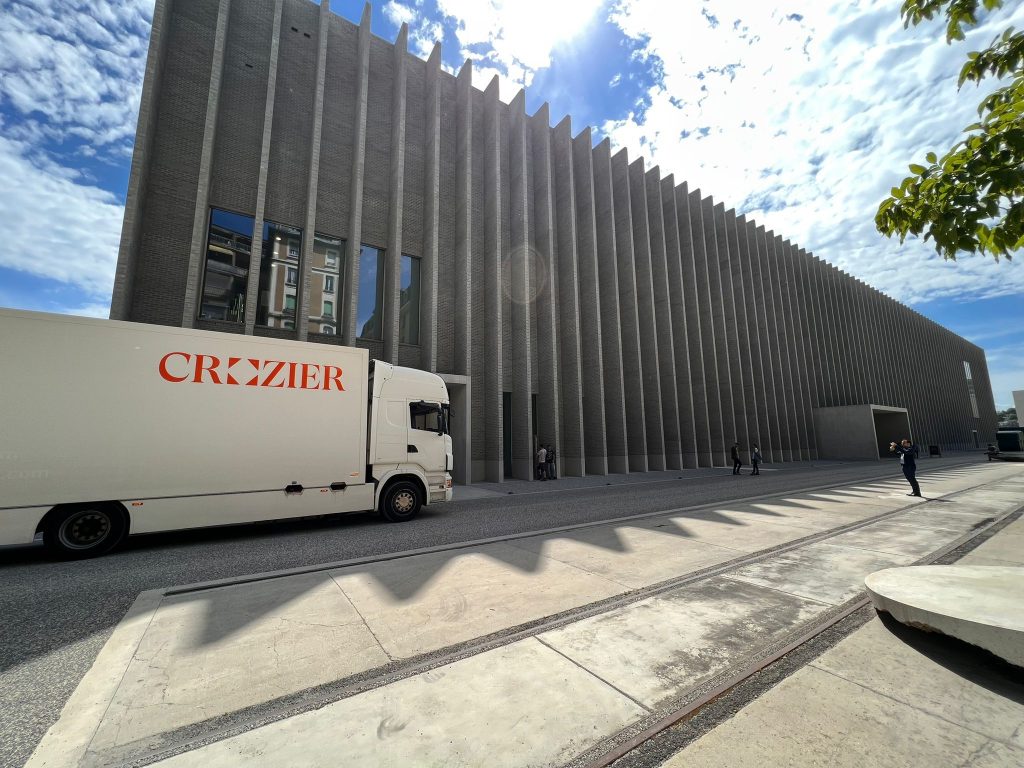
Back in 2017, art world eyebrows were raised when a thief absconded with $12 million worth of paintings from a storage unit in Queens, New York. Even more shocking was the owner’s admission that he had last checked his stored collection the previous October and only discovered the theft when he returned in June the following year. The thief got away with 22 works of art and seven months of lead time before the robbery came to light. It is unfathomable to those of us in the industry that a collector would store artworks of such value in a high-risk facility. Read on to discover how the ICEFAT Standards would have prevented such a loss.

Safety and security
ICEFAT’s Standards require rigorous security procedures of its members, ensuring that they demonstrate robust building security features. These include an alarm activation response plan, panic buttons, CCTV across all access points and external protection against ramming raids. The Standards ensure that access to storage areas is restricted to permitted individuals, and that anybody entering the facility – whether employee or visitor – is identified through an authorization process.

Integrity, confidentiality and accountability
It is not just the protection of the works of art that concern our members, but the sensitive information around those who own them. Inevitably, works of high cultural or historic value can be found in the collections of high-profile individuals or institutions, and data security can be as important to these people and institutions as the works of art themselves. Passwords, access to hardware and data back-up are all covered by ICEFAT’s Standards ensuring critical or sensitive information is therefore protected.
In the cited case study there appears to have been no inventory system to ensure that security and logistics professionals monitor access to the artworks in question. ICEFAT members have systems that track receipt, location and dispatch of all items stored or passing through. Procedures are equally robust for items in transit; tracking devices, alarm systems and means of communication with the company are minimum requirements. Collectively, this means that a seven-month gap between the theft and its discovery could never have happened.

People first
Yet automated security systems and procedures can only protect up to a point. In 2020, a non-ICEFAT storage facility reported a theft in Illinois that was found to have been facilitated by an employee acting as a lookout. Our members’ success and trustworthiness comes from deep interpersonal relationships forged over many years. It stands to reason that our clients place their trust in the teams of professionals employed by our members. ICEFAT members have a vigorous human resources protocol and thorough recruitment protocol; our Standards require robust candidate screening and a detailed written procedure for recruitment, training and promotion to minimize the risk of internal issues.
It is the thorough nature of ICEFAT’s Standards that sets our members apart from other art logistics providers. ICEFAT members are subject to regular audits of business processes and procedures by the global professional services giant, EY (formerly Ernst & Young).



